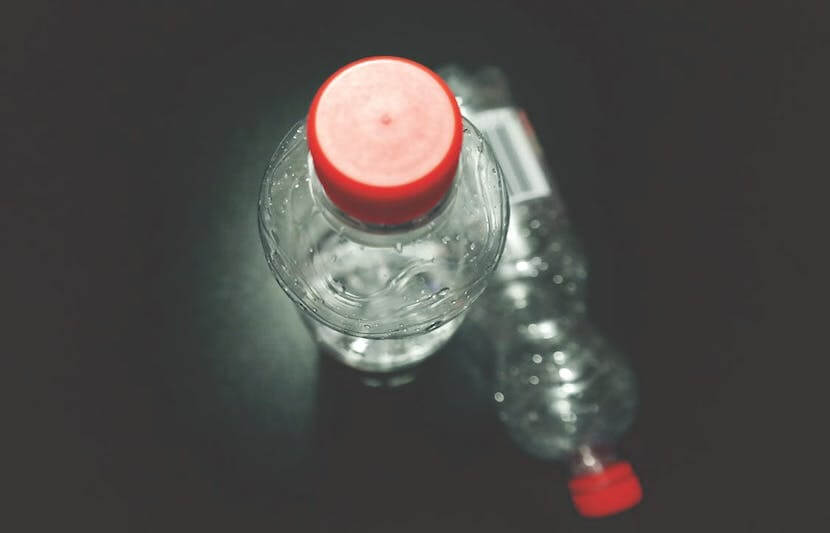A team of researchers from Michigan State University (MSU) has engineered a method to use a community of bacteria to make biodegradable plastic from sunlight.
This method removes the negative impact of synthetic plastic on the environment.
“A major problem is that most synthetic plastic today is not completely biodegradable, so it lasts for hundreds of years after being discarded, in landfills and in water ecosystems,” Taylor Weiss, who led the research while he was a postdoctoral researcher in the Ducat lab at the MSU-Department of Energy Plant Research Laboratory and is now an assistant professor in the Environmental and Resource Management Program at Arizona State University, said in a statement.
The researchers paired together two types of bacteria. The first, synthetic cyanobacteria, uses sunlight to create sugar. The other bacteria, Halomonas boliviensis, feeds off of the created sugars to produce essential materials used to make bioplastics.
Essentially, the entire biotechnology industry is based on sugars, said Daniel (Danny) Ducat, senior author of the research and assistant professor at MSU’s biochemistry and molecular biology department.
“For example, we take sugars from plants (e.g. corn, sugarcane, sugarbeet) and feed them to yeast to get them to make ethanol,” said Ducat. “So the question was: ‘Can we get cyanobacteria to produce sugars even more effectively than a plant would?’ ”
The team accomplished its goal. In doing so, the researchers found an environmentally friendly way to produce sugars capable of powering the production of many different types of bioproducts.
In previous methods, scientists would feed loads of corn and sugar to plastic-producing bacteria. Although this method was proven efficient in creating biodegradable plastics, it is very expensive, requires many agricultural resources, and negatively impacts the environment.
The new method, using sugar created by cyanobacteria’s reaction to sunlight, is proven to work 20 times faster than previous attempts, is cheaper, avoids fossil fuels for production, and aims to reduce plastics’ impact on the environment.
Adding to the benefits of this practice, cyanobacteria grows plentifully in environments like iceberg walls or the edges of hot springs where crops can’t grow. This lessens the need for agricultural land to grow the bacteria.
The use of cyanobacteria doesn’t “necessarily require the arable lands, or potable waters that plants do and would therefore not have as many negative environmental consequences as some of our current processes,” said Ducat.

The Study
Ducat’s work regarding the use of cyanobacteria began in 2011. So, the researchers already understood from previous experiments that the bacteria could rapidly create a large amount of sugar through photosynthesis. This recent study was essentially a search for a good microbial strain that could serve as a partner for cyanobacteria to rapidly produce bioproducts.
“We found Halomonas boliviensis as a good candidate because it is both used to growing on sucrose, can survive long periods of time consuming small amounts of sugar, and it also produces a metabolite that is useful as a precursor for the production of bioplastics,” Ducat said.
“So, we had a really good sugar producing cyanobacteria that makes this sugar from sunlight and carbon dioxide and a bacteria that naturally produces a useful bioplastic when it eats sugar,” said Ducat. “The rest was just finding the right tricks to make these two microbes cooperate together.”
Through synthetically pairing the microbes, the researchers were able to stably produce bioplastics for months at a time.
Scientists have created bio-production systems in the past, but this new method improves gradually over time without human meddling, Weiss said in a statement.
“The cyanobacteria constantly make sugar through photosynthesis, and the bacteria constantly beef up on it, which encourages the cyanobacteria to keep producing,” Weiss said in a statement. “So, the system continuously evolves in a virtuous cycle.”
In the future, the researchers wish to test cyanobacteria with additional target microbes. By doing so, the researchers may be able to encourage synthetic communities to create more “green” compounds that can be made biologically, like biofuels, fragrances, edible dyes and medicines.
“Ultimately, we aren’t just creating alternatives to synthetic products,” Weiss said in a statement. “We’re trying to ask nature to do what it does best: figure out the problem for us.”
The study is published in the journal Metabolic Engineering.
The research team also includes Eric Young, a graduate student in MSU’s Biochemistry and Molecular Biology Program.



